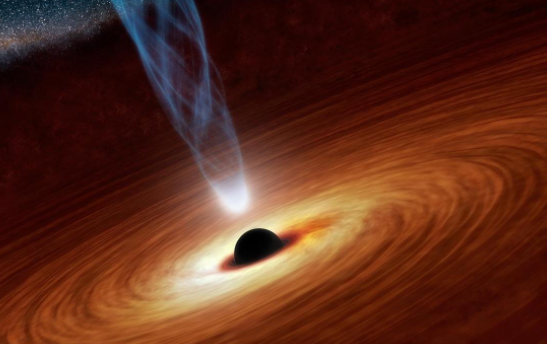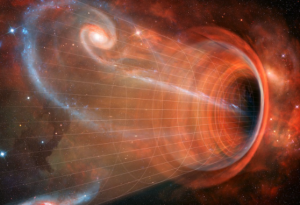Scientists have noticed thirty-nine gravitational-wave events that they say will additionally assist in helping them know the universe better, also discover its population of black holes and neutron stars. The newest events complement the eleven already approved events, taking the entire number of events to fifty. As per astrophysicists, this has been conceivable due to engineering advancements in observatories such as Laser Interferometer Gravitational-Wave Observatory, in the United States and Virgo which is situated in Italy. These thirty-nine heavenly events have been seen from 1st April to 1st October 2019.
Analysts and scientists have introduced GWTC-2, which has data about the gravitational-wave detections which is made by LIGO and Virgo observatories. These waves are a consequence of events like massive collisions amid black holes and neutron stars. Astrophysicists have been watching these waves since 2015, and the newest thirty-nine annotations have been made during the 1st half of the 3rd observing period, known as O3a which ran from April 1 to October 1, 2019, after LIGO and Virgo observatories were upgraded with influential apparatus.
According to a certified statement, O3a had perceived interesting events like the 2nd ever gravitational-wave observation unswerving with a binary neutron star merger, the 1st events with unambiguously unequal masses, and a very enormous black hole binary with a whole mass of about one hundred- and fifty-times Sun’s mass. All these fifty observations have a prosperity of information on the history and creation of black holes and neutron stars all over the universe.
The information will aid astrophysicists in making inroads in their hard work to understand the intricacies of our world. Scientists say that supplementary gravitational-wave detections further upsurge their understanding of the General Theory of Relativity. They have said that the analysis of the 2nd portion of O3 or otherwise known as O3b, is recently in progress and will also expand our growing gravitational-wave transient catalog. Following O3, detectors will experience additional engineering enhancements to further intensify astrophysical reach in time for the 4th observing run.






